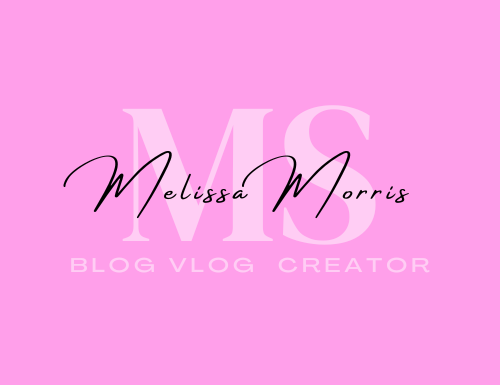Types of pranayama

What are they?
How to do them?
English and Sanskrit meaning/translation.
Health benefits when you do these.
Pranayama comes from the Sanskrit language it means Prana breath or life force – Ayama restraint or control. When I practice pranayama these are the best types of pranayama that I do. For if you have A problem staying consistent. But to start these types of pranayama as A beginner you should learn to master how to practice abdominal breathing first. Go slowly.
- Ujjayi Pranayama (deep yogic breath)
- Kapalabhati Pranayama (breath of fire)
- Anulom Vliom (alternate nostril breathing)
- Diaphragm Breathing (abdominal breathing
When you practice asana yoga postures the breath is incorporated and the most commonly used is the Ujjayi breath. Deep breathing and in synchronicity with yoga sequences.
Also when you practice these types of pranayama exercises, such as meditation and relaxation techniques it’s good especially for A beginner to start with learning how to do Diaphragm abdominal breathing first.
Diaphragmatic breathing is the way we are all supposed to be breathing. It is the correct way to breathe. But from the time we are born we lose this ability if not aware of it, to breathe properly. Why? Because of traumas, shocks to the bodily system, and stress. Our breathing becomes shallow and we lose the ability to use the full capacity of our lungs. So people are not even breathing correctly in the first place.
The diaphragm is a large, dome-shaped muscle located at the base of the lungs.
Diaphragmatic breathing is slow and deep breathing that affects the brain as well as the cardiovascular, respiratory, and gastrointestinal systems through the change and shift that happens and the regulation of the autonomic nervous functions.
Our cells use oxygen to make ATP, while carbon dioxide is produced by the same process. In other words, oxygen is needed for cellular respiration and carbon dioxide is produced as a result.
To practice diaphragmatic breathing, there is 2 ways you can try. The easiest method is to lie down flat on your back. Completely relaxed free of all tensions just like you would when practicing savasana corpse pose. Eyes are closed and relaxed. Now you can bring one hand to rest on your lower abdominal two inches below your bellybutton, your other hand you will place on your chest.
Mentally auto suggest to yourself that you are relaxed and as you inhale your feel your belly rise like a ballon, then as you exhale feel your belly fall and stomach goes towards your lower spine. While you do this technique be aware of your hand that is on your chest. It should not move. Only your hand that is on your lower belly should rise and fall with each inhalation and exhalation.
At the same time you want to be aware of your thoughts and stay focused on your breath and relaxed to not tense up your body.
The other way to practice abdominal diaphagmatic breathing is to sit up in A seated cross leg position. Sit up strait and with eyes closed again place one hand on your lower belly two inches below the belly button, the other hand on your chest. As you inhale with awareness feel your lower abdominal fill up with air like A ballon. And as you exhale feel your belly go in towards your spine, insure you push all of the stale air out of your lungs before you begin to take your next inhale.
You can start with just five minutes A day then increase to the amount of time you wish to keep practicing, usually typically this breath is done during meditation and relaxation techniques.
But as A beginner I this was how I learned how to breath correctly. Prana means life force as mentioned earlier many different cultures have different names for it.
This is the Sanskrit word from pranayama. Chinese refer to life force as Chi or Qi, in Japanese it is is called Ki and western science its called bio energy. It is what the universe and everything in it, is made up of. Prana exists in everything and everywhere.
To practice Anulom Vliom. You sit up strait in A crossed legged seated position. Hands resting on your knees with your palms of your hands facing upward but relaxed.
Using your right hand, fold your middle and index fingers toward your palm. So that all that you all you will use is your thumb, ring and pinky finger are to be used.
Now place your right thumb on your right nostril breath in deeply through the left nostril until your lungs are almost full, then place your ring and pinky finger on the lift nostril and release the thumb on the right nostril and exhale through the right nostril, then again take an inhale through the right nostril, place the thumb on the right nostril and exhale through the left again keep following these steps for about five to ten minutes of practice.
Always keep your mouth closed while you are practicing deep breathing. You are to be breathing only through your nose not the mouth.
Share this:
Related
Discover more from Ms. Melissa Morris
Subscribe to get the latest posts sent to your email.

Thanks for your blog, nice to read. Do not stop.
Thank you for reading.